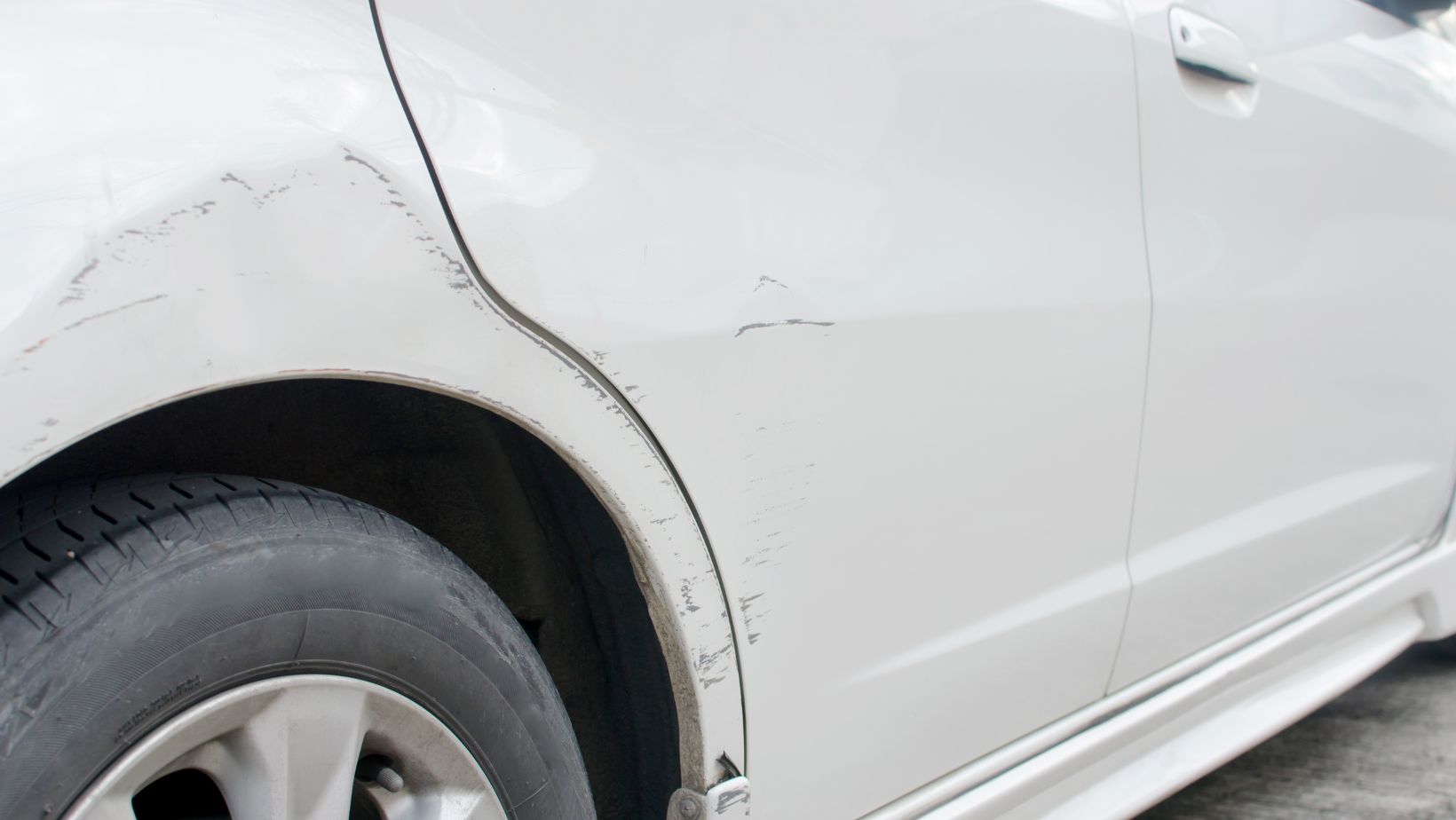When most people think about car insurance, they usually consider the most predictable factors, such as age, driving record, and car type. However, in today’s world, insurance companies use various data points to assess risk, and these data points may surprise even the most savvy drivers.
Understanding these lesser-known factors helps manage insurance premiums and highlights how modern life and technology are transforming the industry.
Safety Technology and Automation
We’re entering an age where cars can actually help us avoid accidents. Advanced Driver Assistance Systems (ADAS) like lane-keeping assist, adaptive cruise control, and collision warning systems have the ability to lead to lower insurance rates.
 Insurers are starting to view cars equipped with these technologies as less risky, which in turn makes them cheaper to insure. As fully autonomous cars slowly become a reality, we can expect these advancements to further disrupt insurance models.
Insurers are starting to view cars equipped with these technologies as less risky, which in turn makes them cheaper to insure. As fully autonomous cars slowly become a reality, we can expect these advancements to further disrupt insurance models.
Your Car’s Colour
While it may seem like something trivial, some insurers associate car colour with driver behaviour and risk.
Bold colours such as red and yellow are often stereotyped as “fast” or “attention-grabbing,” sometimes correlating with higher accident rates. Whether colour directly influences premiums is debated, but it speaks to the psychological effects of colour and the human desire for cars that reflect our personalities. This is a consideration not lost on some insurers.
Your Credit Score
In some regions, insurers use credit-based insurance scores to gauge risk. Although controversial, this practice rests on statistical analysis linking financial responsibility with driving habits.
Drivers with higher credit scores may see lower rates, while those with lower scores might pay more. This trend highlights insurers’ reliance on financial data to evaluate potential claims risk.
Where You Park
Your parking situation can also influence your insurance rate, with secure off-street parking typically viewed more favourably than street parking.
Insurers evaluate where your vehicle is kept, whether in a garage, driveway, or on the street, as each location has its own risk profile. Secure locations help reduce the chances of theft or accidental damage, which insurers take into account when setting rates.
Driving Habits and Mileage Tracking
Drivers who cover fewer miles are statistically less likely to file claims, making low-mileage drivers attractive to insurers.
Some insurers offer discounts based on annual mileage, while usage-based insurance (UBI) is gaining traction, using telematics or app-based tracking to monitor driving habits like braking, speed, and time of day. UBI promotes safer driving and rewards those who stick to lower-risk behaviours.
Your Job Title
Your profession can actually influence your car insurance rate, as insurers assess risk based on various occupations. For example, delivery drivers and other professions requiring high road exposure may see higher rates, while office-based professionals might receive discounts.
Insurers view certain jobs as carrying inherent risks or stress levels that could impact driving habits, making occupation a surprisingly relevant factor.
The Make and Model’s Reliability
Beyond the brand of the vehicle, the reliability and repair costs of a specific car model can influence premiums.
Luxury models may cost more to insure due to expensive repairs, while highly reliable models can lower rates. Insurers assess how likely a car is to need repairs and the typical costs associated with them, rewarding drivers of certain makes and models with lower rates.
Vehicle Age and the Rise of Electric Cars
Older cars often cost less to insure, especially as they depreciate and require simpler repairs. However, the increasing popularity of electric vehicles (EVs) has added a new twist. EVs tend to include advanced safety features and are often viewed as lower-risk, particularly with the rise of environmentally conscious drivers.
The recent MoneySuperMarket car insurance study on vehicle preferences even highlighted how EVs can add appeal, reflecting shifting attitudes and preferences that may extend to insurance as well.
Claims-Free Discounts and Maintaining a Clean Record
Having a spotless driving record significantly reduces premiums, but did you know insurers sometimes offer extra incentives for remaining claims-free? Discounts of 10% to 25% are not uncommon for drivers who avoid filing claims, promoting careful driving and encouraging restraint on minor incidents. This trend underscores how insurers value personal accountability and lower-risk behaviour.
Marital Status and the Influence of Stability
Insurers often view married drivers as more stable, translating to slightly lower premiums. Statistical studies support this by showing that married drivers tend to file fewer claims, likely due to shared family responsibilities and routines.
 Insurers use these insights to predict behaviour, highlighting the subtle ways that personal circumstances influence perceived driving risk.
Insurers use these insights to predict behaviour, highlighting the subtle ways that personal circumstances influence perceived driving risk.
MoneySuperMarket’s Innovative Approach to Car Insurance Insights
In their Appealing Autos study, MoneySuperMarket explored how the type of car in dating profiles influences “swipeability” on dating apps. This research may seem unrelated, but it hints at how perceptions of vehicles are constantly evolving. From car choice to parking location, insurers are likely to continue expanding the scope of factors considered in premiums.
Whether it’s social insights or tech-driven personalisation, the future of car insurance will likely involve individual risk assessments, a trend that aligns with MoneySuperMarket’s mission to offer consumers a better understanding of their insurance needs.

